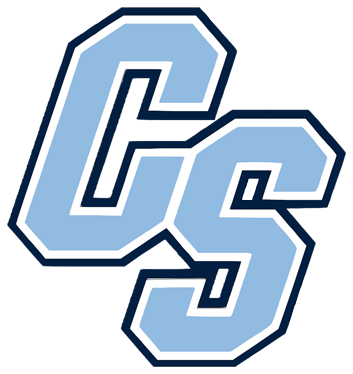Making the glass bigger: Accessing additional funds for public schools
In Texas, the Legislature is responsible for determining school funding. The state Legislature sets the local maintenance and operations (M&O) tax rates for school districts and establishes the basic allotment, a formula used to fund Texas public schools on a per-student basis. The basic allotment in Texas is currently $6,215 per student, an amount that has only increased by $55 since 2019.
Where does Texas school funding come from?
Raise Your Hand Texas uses the analogy of a glass of water to explain public school funding in Texas. The water in the glass represents the amount of funding the Texas Legislature allocates for each public school.
The "water", or funding, is sourced from local property taxes, along with state and federal funds. The size of each school district's glass, or the total funding it receives, is set almost entirely by the Texas Legislature.
When local property taxes increase, it is like filling up our glass with more water. However, as our glass fills, the state reduces its contribution, and if our glass overflows, the state reclaims some of the money. This process is called recapture.
How can Texas public schools access additional funding?
The Texas Legislature sets the amount of funding all public schools receive on a biennial basis. With funding directly tied to student enrollment and attendance, and an average daily allotment that has not been adjusted for inflation since 2019, public schools must explore alternative options to secure the additional funding needed to address budget deficits and funding challenges.
Public schools can generate additional funding beyond the basic allotment through bond elections and voter-approval tax rate elections.
Bond Elections
School districts looking to renovate school buildings or build new facilities are required to ask voters permission to sell bonds. A bond increases the district's interest and sinking (I&S) tax rate.
School districts can use bonds to pay for:
New facilities
Additions and renovations to current facilities
Purchasing land
Technology infrastructure
Equipment for new or existing buildings
Costs associated with managing construction
Bonds cannot be used for:
Staff salaries
Operating costs such as utility bills, supplies, fuel, or insurance
Voter-Approval Tax Rate Elections
A Voter-approval tax rate election (VATRE) allows districts to ask their voters to approve additional pennies on the district's tax rate. When the district approves a tax rate that exceeds the district's voter-approval tax rate, a VATRE is triggered.
A VATRE allows us to expand the size of our glass. With a larger glass:
We can increase funding without facing recapture
More local funds stay locally in our school district
With the larger glass, the state continues contributing funds, allowing the district's overall funding to increase.
Without increasing the size of our glass through a VATRE, any local tax increase would mean the state reduces its contribution. But with a VATRE, we keep more locally generated funds and gain additional state funding.
VATREs generate funds for people & programs. A VATRE approves an increase in the district's maintenance & operations (M&O) tax rate. M&O taxes fund the general operations of the school district such as:
Salaries
Utility bills
School supplies
Fuel
Safety and security
Nursing staff
Custodial services
Transportation
Closing the Gap: Keeping Pace with Our Neighboring Districts
Across Central Texas, communities have come together to invest in their schools through voter-approval tax rate elections (VATRE). These elections help school districts fund everyday needs like classroom supplies, expanded student programs and competitive teacher pay.
Districts like Axtell, Bosqueville, Crawford, Robinson, Lorena, La Vega, Connally, Waco, Groesbeck, Midway and West, have been receiving millions more in funding each year after passing VATREs as far back as 2006.
China Spring ISD is one of the few school districts in our area that has not passed a VATRE. As our community experienced significant growth over the past decade, our district prioritized investing in facilities to meet student needs. By focusing on bonds, the district ensured we had the classrooms, cafeterias and campuses necessary to serve a growing student population.
At the same time, we have remained fiscally responsible, working hard to stretch every dollar and manage rising costs without asking voters to approve a VATRE. But as state funding has remained nearly flat, and the cost of running schools, from utilities to employee salaries, continues to rise, the gap between what our schools need and the funding we receive is growing.
While most surrounding districts secured additional funding through a VATRE years ago, China Spring has continued operating without it. As a result, our district currently ranks in the bottom 25% in per-student funding compared to other districts in Central Texas. This gap impacts our ability to fund classroom supplies, grow student programs, and stay competitive with staff pay, needs that other communities have been addressing for nearly two decades through VATREs.

